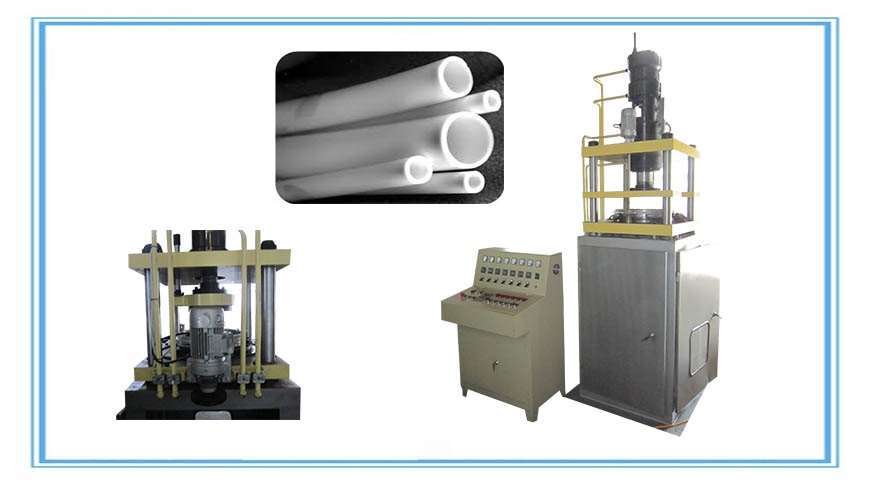Parting line – A line on a part formed when the two sides of the mold come together.
Polymer – A substance that has a molecular structure consisting chiefly or entirely of a large number of similar units bonded together, e.g., many synthetic organic materials used as plastics and resins.
Prototype tool – Also called a soft tool, a preliminary mold built to produce prototype parts and used to make adjustments to the final production tool.
Purging – The process of cleaning the injection machine of remnant color or materials prior to running a new part.
Runner system – The channel system that allows the flow of the melted material to fill the part cavities.
Short shot – A defect where the material does not fully fill the part cavity.
Shot – A complete cycle of the injection machine.
Shrinkage – The amount of volume reduction that takes place when a plastic material cools.
Sprue – The opening feed that conveys material from the nozzle to runner system in the mold.
Thermoplastic – A material that can be heated and cooled repeatedly without changing the material structure. Highly recyclable.
Thermoset – A material, which when heated, is pressed or molded into a shape. The heating process changes the structure of these materials, and for this reason they cannot by re-heated.
Undercut – Can be a design flaw that results in an indentation or protrusion that inhibits the ejection of the part from the mold. Other times undercuts are designed into a mold to ensure a part holds onto the correct side of the mold.
Vent – A channel from the mold cavity that allows gas and air to escape as resin is being injected into the cavity to prevent many types of defects from occurring.
Weld line – Also called a knit line, the juncture where two flow fronts meet and are unable to join together during the molding process. These lines usually occur around holes or obstructions and cause localized weak areas in the molded part.
Additives – These compounds are added to resins to improve the overall performance and appearance of finished products. A key trend in this area today is using additives that are made from organic materials such as eggshells, wood pulp, rice hulls or materials that improve the biodegradability of the plastic.
Blister – As the name says, this is a part defect which appears as a small bubble or blister on the surface of a part and it generally created by gas or air bubbles.
Cavity – The machined shape within a mold which created the form of the plastic part.
Colorant – A pigment system, usually in pelletized form, powder or liquid, which is mixed with resin to produce the desired color.
Core – A protrusion or set of matching protrusions, which form the inner surface of a plastic part. They are often considered they “male” side of the part.
Cycle – The overall time it takes for the plastic injection process to complete a finished part.
Degassing – Opening and closing of a mold to allow gas to escape. Trapped gas and/or air can cause parts defects such as blistering and bubbles.
Delamination – This defect appears as a flaky surface layer on the part and is often caused by contamination or moisture in the resin pellets.
EDM or electric discharge machining – A manufacturing process used to create molds, where the shape of the mold cavity is obtained by removing metal material using electrical discharges.
Ejection pin – Metal rods in the mold which push the parts from the mold.
Ejector return pins – Pins that push the ejectors back into position once the parts have been released.
Flash gate – An alternative to a fan gate, which conveys the melted resins into a thinner gate section creating a linear melt flow into the cavity.
Flash or burrs – A thin lip or protrusion beyond the body of the part that is generally caused by poor clamping force, improper mold design and/or mold damage.
Flow marks – A wavy pattern or discoloration caused by a slow injection speed which allows the material to cool too quickly.
Flow rate – The volume of material passing a fixed point per unit time.
Gate – The channel into which melted plastic flows into a mold.
Injection molding – A manufacturing process in which melted plastic is injected into a mold to form a part.
Masterbatch – A solid or liquid additive for plastic used for coloring plastics or imparting other properties to plastics.
Memory – The action of plastic returning to its previous size and form.
Mold – A hollow form that plastic is injected or inserted into to manufacture a plastic part.
Over molding – A two-shot process, in which two plastic substances, are injected into a mold sequentially, usually a harder base material with a coating of softer material.





Thanks for another great article. Where else could anyone get that type of information in such a perfect way of writing? I have a presentation next week, and I’m on the look for such info.